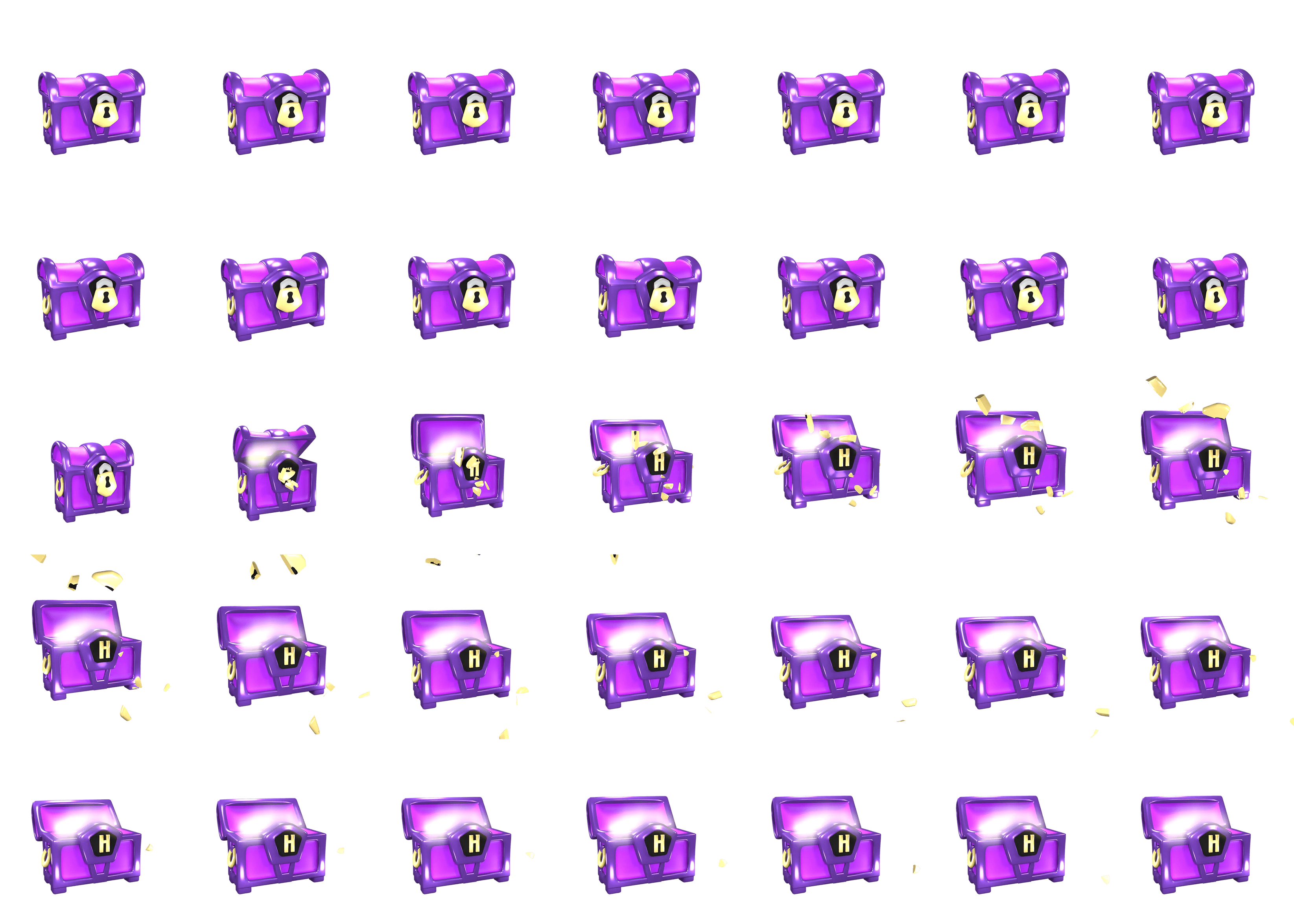
How to Find Cost-minimizing Input
Theory
Optimum Production Level (OPL)
The optimum production level is the -value where the unit cost is minimized. This happens when
Note! OPL is the production level that result in the lowest cost per unit, and therefore, the highest profit per unit. It may not be the highest total profit.
Theory
Interpretation of OPL
-
When , the cost of producing one more unit, , is higher than the unit cost .
-
When , the cost of producing one more unit, , is lower than the unit cost .
-
In the point where , the cost of producing one more unit, , is equal to the unit cost . That’s where you arrive at the optimum production level, OPL.
Example 1
You have the cost function
Find the optimum production level (OPL). What is the cost at the OPL?
You know that you have reached the OPL when . Thus, you find first:
Then you find :
Because you are talking about production, it makes no sense to use negative numbers. It’s impossible to produce a negative number of units! Therefore, OPL equals 2.
To find the cost at the OPL, you insert the -value for OPL, , into the cost function :




















